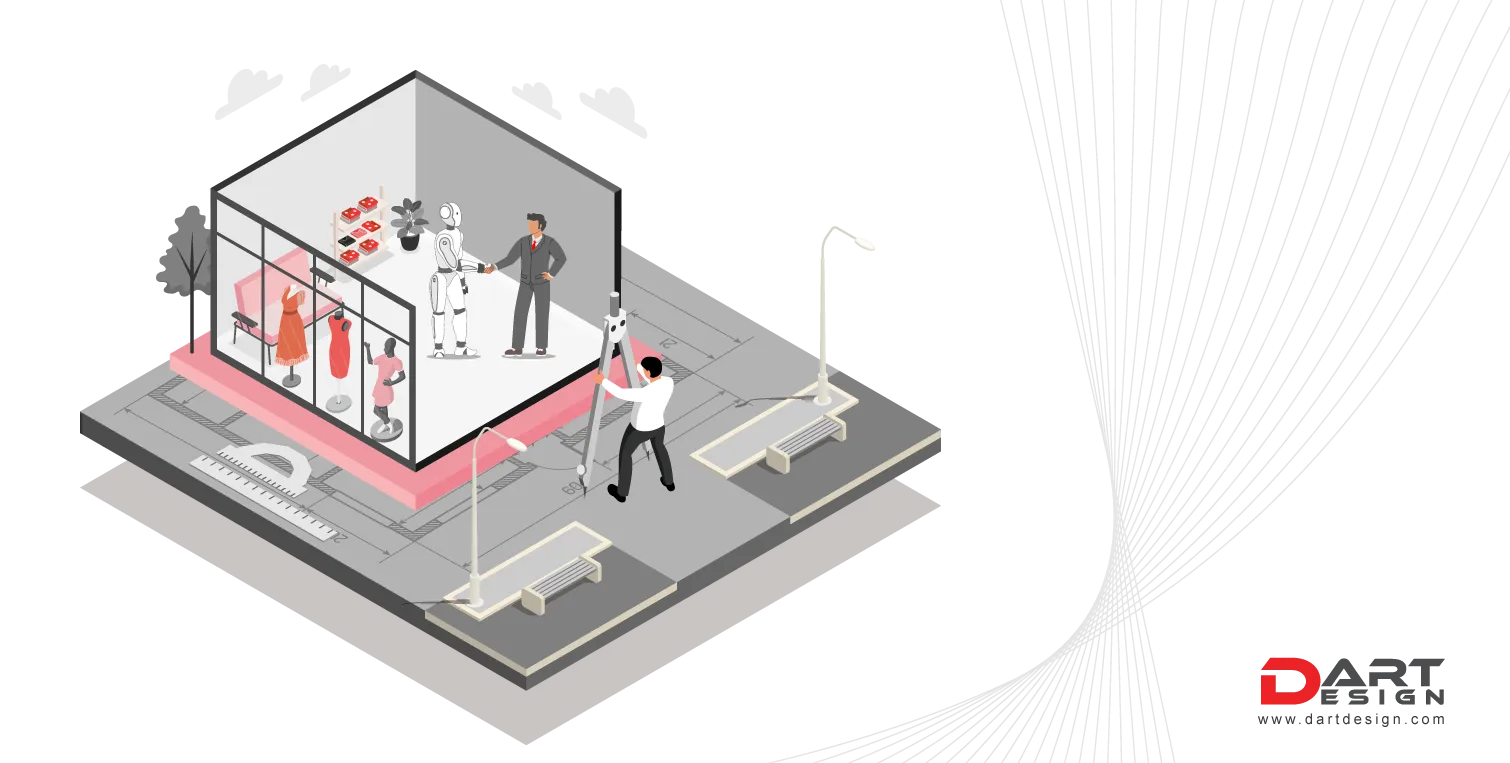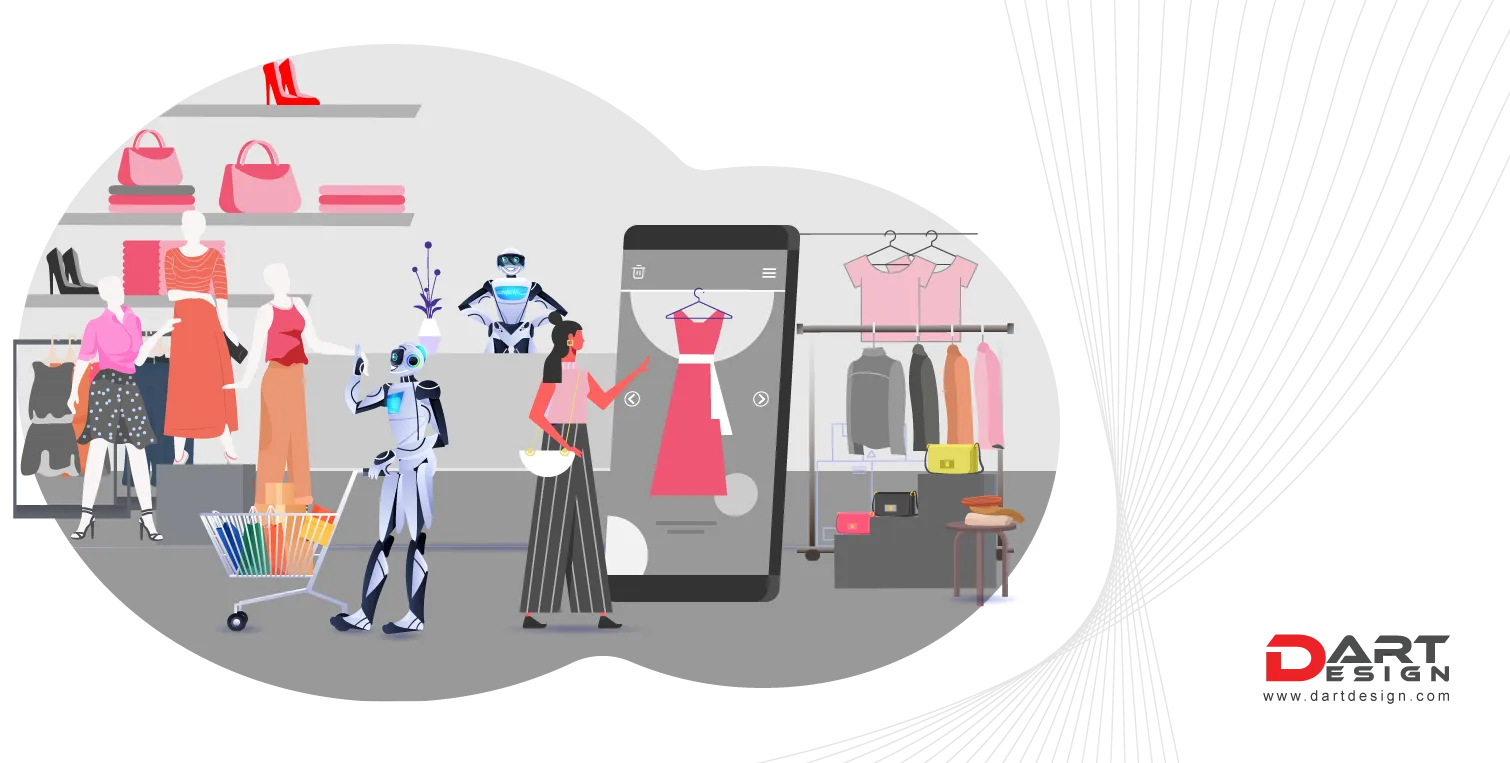Art is embedded across the design's hem, defining the purpose with a message. This art inspires designers to begin outlining a more nuanced concept highlighting the aesthetics, the personalization, the distinctness, and more. It holds precisely true for the retail industry, which thrives through the glory of design that functions with the creative intelligence of the artistic human brain.
However, things are a little different with the genesis of generative AI, where creativity is learning to take new bounds with innovation that isn’t a hindrance but another name for productivity for design teams. From brick & mortar stores to experiential outlets, retail has come a long way; every time following a complete creative lifecycle that moves to & fro to bring a retail store layout design to life.
With access to a broad spectrum of choices, retailers seek design firms that do more than design; they are an extension of the brand, solving more than one retail problem. It might be a monumental challenge for an agency to develop the solution within a minimum time frame, but things seem achievable with the efficiency of generative AI. The ingenuity of originating an in-store concept is a series of functions that demands patience.
The deadlines do not always meet, and that’s how the new subset of AI technology is easing the process of better conceptualizing a store layout and interior and streamlining creativity.
The simulation of human creativity by Generative AI in creating experiential store layouts
While we all run for the hills when AI makes its way into a discussion, retailers are already experimenting with the technology to leverage what distinct could come out for the brand to engage the audience. Experts from creative teams have already produced their verdict about AI replacing human creativity, and they beg to differ. The influence is relatively positive when it concerns developing a store's interior because the personalization comes through the prompts received from the human brain.
Creating a retail store is an art that revolutionized a more digital experience. With the expectation of visitors being greeted with the feeling of being awestruck, AI has transitioned into a culture for design teams to prosper, synthesizing innovation into artistic creations. The dynamic forms of unstructured consumer data are what AI retrieves to reinforce the ideation stage of a retail store layout and set a cornerstone to move ahead. With a steady creative functioning of design development, design teams could more often find their stream of ideas dry up, and the uniqueness disappears. Pulling in AI kills two birds with one stone; here is how,
Better Visual Exploration to Develop Concept
Brands are to think big to make it into the minds of consumers in the long haul, and it needs the collaborative efficiency of technology. Generative AI widens the horizon to give visuals and ideas that prompt creative teams and designers to rethink the ways of developing store concepts shifting from the established models.
Reshaping the Social Interaction
Stores that engage visitors through their interior tend to witness more footfall. Designs developed with the input of generative art have shown to be more engaging and even Instragrammable. The sense of human experience is designed by leveraging and manipulating AI to delight through in-person visits inside the store.
Heightening Personalization more efficiently
Personalization is the key to great interior layouts. Brands do not just stand out in their personality but also in how they interact with visitors to keep them coming to them recurrently. Through the captured data retrieved by AI, designs that move per the customer reaction are how H&M experimented with creating the perfect AI & human artistic innovation.
Generative AI is here to make transitions that build upon the constructive efficiency of design teams and develop the best store layout designs, making history. The retail industry is experiencing the most significant shifts with the advent of AI technology, and artistic creations have to twist the model to leverage it to their advantage rather than fight against innovation.




